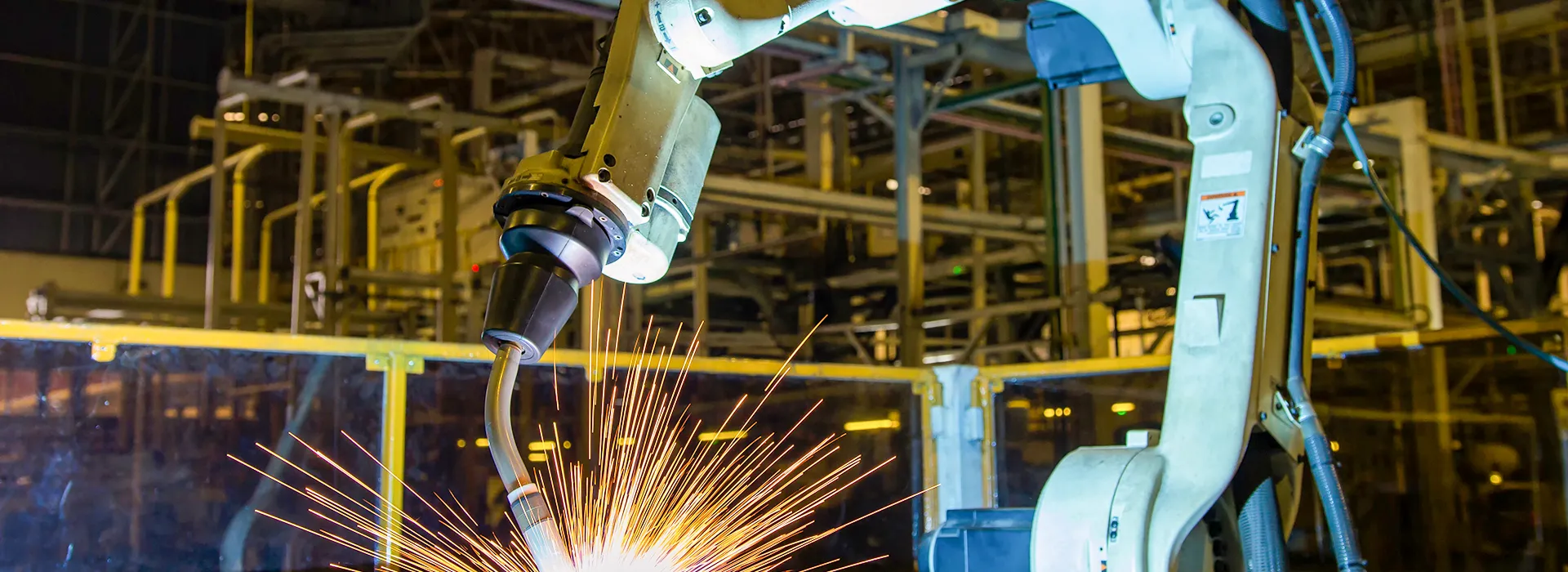R & D TEAM
The Anbo R&D Center has a total of 50 people, including 20 product engineers and 30 process engineers. R&D personnel account for 13% of the total staff. We have obtained a total of 50 patents, including 7 invention patents. The R&D center is adjacent to national higher education institutions, facilitating cooperation in professional technology with them.
Anbo adopts single end and double end friction welding processes, combined with structural improvements, to optimize the thrust rod and mudguard bracket. Products such as the thrust rod and mudguard bracket have significant lightweight effects.
R&D Software
Through the use of auxiliary tools such as UG, Caxa, Anycasting, Solidcast, etc. during the research and development process, work efficiency and quality have been further improved. By establishing a shared digital R&D platform with customers, Anbo's technical processes and R&D team can better meet customer needs and complete the secondary development and design of customer products.
R&D Facilities
Anbo has established a high standard laboratory that integrates thrust rod fatigue stiffness test, stabilizer rod fatigue stiffness test, and material mechanics impact test. In order to truly simulate and verify the reliability of the system, Ambo has the most advanced air suspension test bench in China. It can truly simulate the system forces and safety conditions of various suspensions under vertical, braking, and steering conditions, and can achieve road spectrum vibration simulation.
R&D Advantages
Development of tube beams for the Daimler H6 project: During the German bench test process, all three specifications of tube beams provided by Amber passed the test at once. Among them, products suitable for 6x4 trucks have significantly higher bench test times than similar products produced in Germany and Brazil. Anbo’s manufacturing has received unanimous recognition from Daimler R&D and SQE teams.
R&D Strategy
The friction welding multifunctional composite stabilizer rod assembly independently developed by Anbo is a model in China that first changed electric upsetting forming to special process forming, reducing weight by 4kg compared to traditional composite stabilizer rods. After secondary optimization, the unit weight of the product has been reduced by an additional 13kg, which meets the needs of lightweight development.



